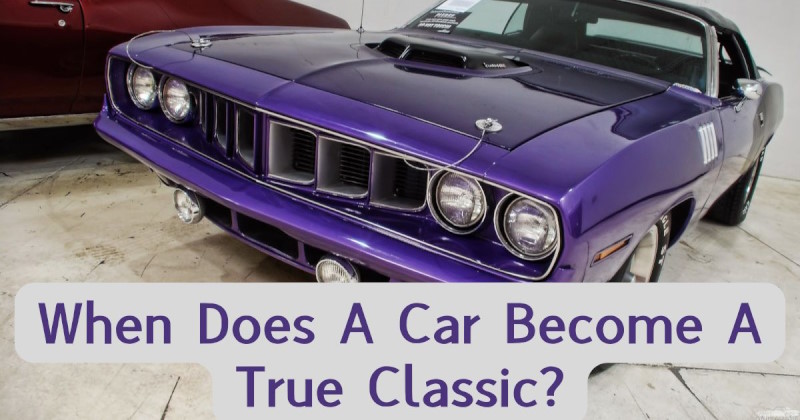
Owning a classic car is like keeping a piece of living history in your garage. Every drive is a journey back in time, every curve and detail a tribute to a different era.
These cars aren’t just vehicles; they’re icons on wheels, turning the mundane into memorable every time you take them for a spin.
But what really makes a car a classic? Is it just age, or is there something more profound that defines these timeless treasures? Let’s dive into the factors that elevate an ordinary car into a true classic.
Rarity and Exclusivity
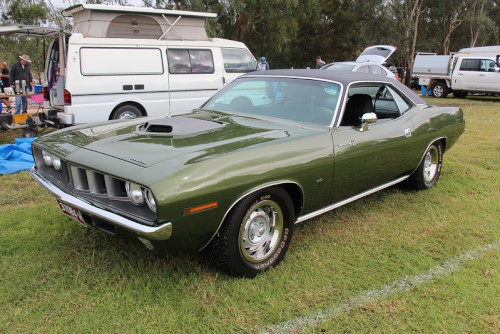
They say scarcity drives value, and when it comes to classic cars, rarity is everything. Models with limited production runs, unique design variations, or those manufactured in small numbers become valuable simply because of their scarcity.
Imagine owning a 1971 Plymouth Hemi Cuda, a model known for its power and one of only a handful left in pristine condition. These cars aren’t just rare—they’re one-of-a-kind, a tangible piece of automotive history that stands out in a world of modern, mass-produced vehicles.
When you look at a classic car, it’s not just about the model itself but also those unique touches that make it stand out. A particular color, a rare trim, or even a unique badge can add to a car’s exclusivity.
For enthusiasts, it’s this uniqueness that makes classic car ownership so satisfying. It’s not about blending in but about celebrating a rare beauty that few get the chance to see, much less own. Knowing you’re one of a select few to possess such a vehicle makes the driving experience even sweeter.
Historical Significance
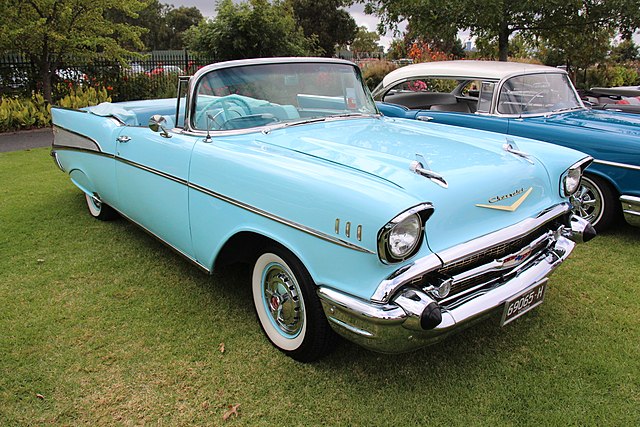
Some cars don’t just exist—they make history. Certain models stand out because they represent a turning point in automotive design, engineering, or culture. Think of the ‘57 Chevy Bel Air, often seen as a symbol of American prosperity and freedom.
Or the Ford Mustang, which exploded onto the scene as an affordable yet thrilling sports car, symbolizing youthful rebellion and freedom. These cars aren’t just vehicles; they’re icons that represent specific moments in time, making them instantly recognizable and unforgettable.
When a car becomes entwined with the cultural or technological history of its era, it gains a status that’s more than the sum of its parts. These historically significant cars bring with them a story that you can feel as soon as you sit behind the wheel.
You’re not just driving any car; you’re driving a piece of history. The knowledge that your car played a role in the broader history of automotive evolution or culture adds a sense of pride and nostalgia that modern cars can’t quite replicate.
Design and Aesthetic Appeal
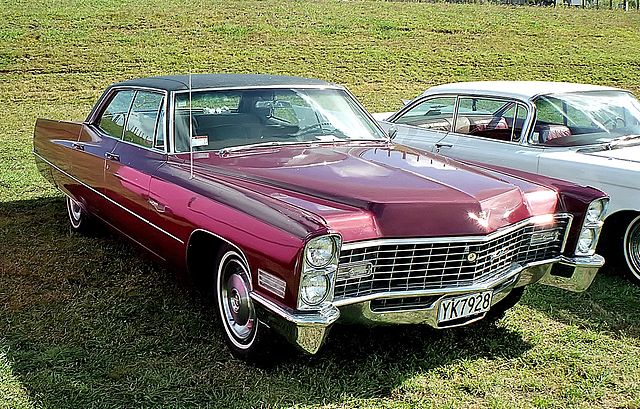
Classic cars don’t just transport us; they capture our imagination with designs that have stood the test of time. The long, sweeping fins of a Cadillac or the bold, aggressive stance of a Corvette make these cars instantly recognizable and timeless.
These designs weren’t just made to be efficient or sleek—they were crafted to be works of art, embodying the spirit of their era with every curve, chrome accent, and distinctive line. A classic car’s aesthetic appeal isn’t merely skin deep; it’s an expression of style, creativity, and innovation that still feels fresh, decades later.
Owning a classic with an iconic design is like holding a work of art that you can take out on the open road. Those timeless elements, whether it’s the grille design, the trim details, or the color combinations, add to the car’s character and individuality.
For classic car enthusiasts, preserving these details is a way to honor the craftsmanship and vision that went into making these beauties. Whether you’re keeping the paint shiny or maintaining the interior, each detail contributes to the car’s legacy.
Technology and Innovation
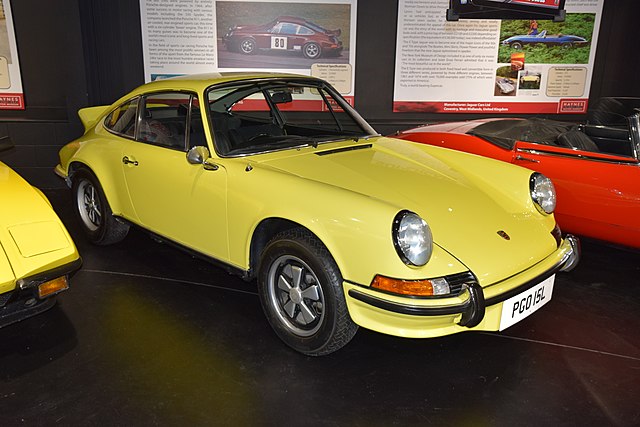
While today’s cars might be all about the latest gadgets, some classic cars were technological marvels in their day. These vehicles often boasted groundbreaking features that set them apart from the pack.
Consider the rear-engine layout of the Porsche 911, an engineering feat that changed performance car design forever. Innovations like these are part of what makes classic cars so compelling—they represent the best of automotive ingenuity from their time.
For classic car owners, preserving or even restoring these unique technological features is a way to maintain the car’s authenticity. Owning a car with original parts, from the engine to the suspension, allows you to experience the vehicle as it was meant to be driven.
While upgrades are common, there’s a unique satisfaction in keeping things as they were, celebrating the ingenuity of the past. In a classic car, technology isn’t just about function; it’s about experiencing a piece of engineering history that’s withstood the test of time.
Cultural Impact
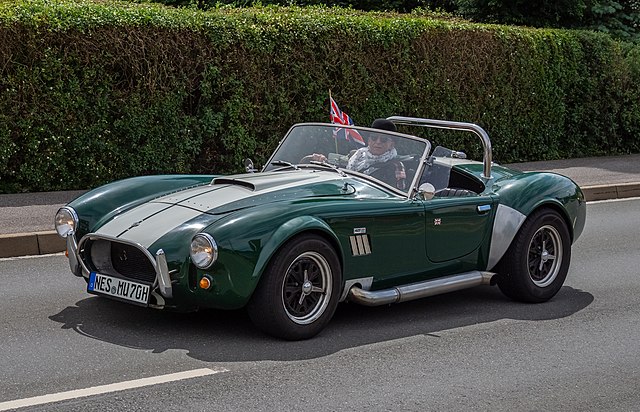
A car can reach classic status not only because of its features but because of the impact it had on society. From the hippie-friendly Volkswagen Beetle to the muscle-bound Shelby Cobra, certain cars have transcended their utilitarian roles to become symbols of an era, a lifestyle, or even a movement.
These cars have been immortalized in movies, music, and pop culture, making them unforgettable icons. They’re more than just vehicles; they’re characters that played starring roles in the story of American life.
Owning a car with a rich cultural legacy adds an extra layer of pride to the experience. For instance, taking a spin in a car that was featured in a beloved movie or driven by a celebrity adds a sense of connection with that era.
Classic cars with cultural impact allow their owners to feel a part of something larger, a movement or a moment in time that shaped the world.
Performance Legacy
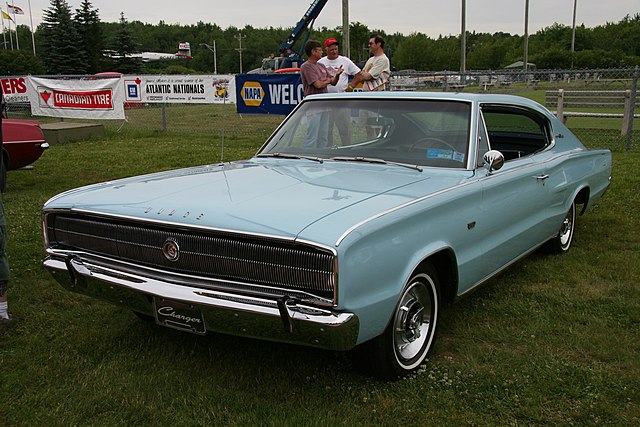
When it comes to classic cars, performance isn’t just about horsepower—it’s about the feeling behind the wheel. Certain models earned a reputation for delivering exceptional performance, from the roar of a Ferrari’s V12 to the solid dependability of a Dodge Charger.
Cars that could hit high speeds or handle corners with grace made a lasting impression, creating a legacy that goes beyond numbers on a spec sheet.
For those who own these high-performance classics, keeping the car in top shape becomes a point of pride. While some might choose to boost performance with modern upgrades, others embrace the car’s original setup, opting to maintain or restore rather than modify.
Each drive becomes a reminder of the car’s legacy, an opportunity to feel the same thrill that drivers experienced back in the day.
Age and Preservation
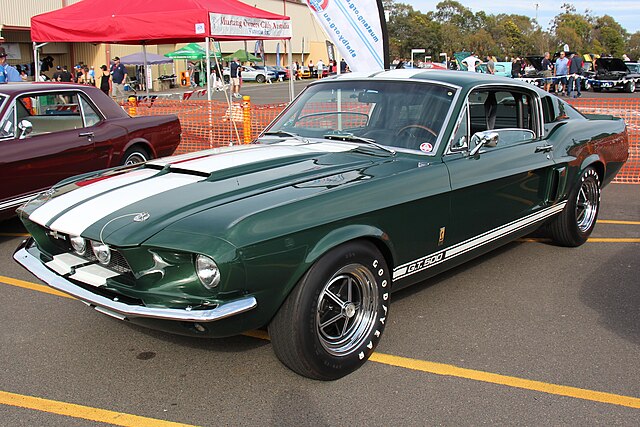
Most classic car aficionados agree that age alone doesn’t make a car a classic, but it certainly plays a role. In general, cars that have been around for 25 years or more begin to earn the title of “classic.”
However, age alone isn’t enough—it’s also about how well the car has been preserved. A vintage car that’s still running with its original parts or that’s been meticulously restored holds an undeniable appeal.
Preservation is key to maintaining a car’s classic status. Keeping it in a garage, ensuring regular maintenance, and protecting it from the elements all help keep a classic car in prime condition.
There’s something incredibly satisfying about maintaining the authenticity of an old car. Whether you’re meticulously restoring each part or simply ensuring it stays in top shape, every bit of effort goes toward honoring its journey through time.
Final Thoughts
So, when does a car truly become a classic? It’s more than age; it’s a mix of rarity, history, design, innovation, cultural impact, performance, and preservation. Each of these factors adds a layer of character that makes a car worth cherishing, restoring, and showcasing.
Classic cars aren’t just vehicles—they’re rolling pieces of history, each with its own unique story. They remind us of what cars used to be and the joy they continue to bring to those who love them.
We want to hear from you! Do you have a classic car story to share or a favorite model you’d love to own? Drop a comment or share a photo on our Facebook page, and let’s keep the classic car legacy alive together!
